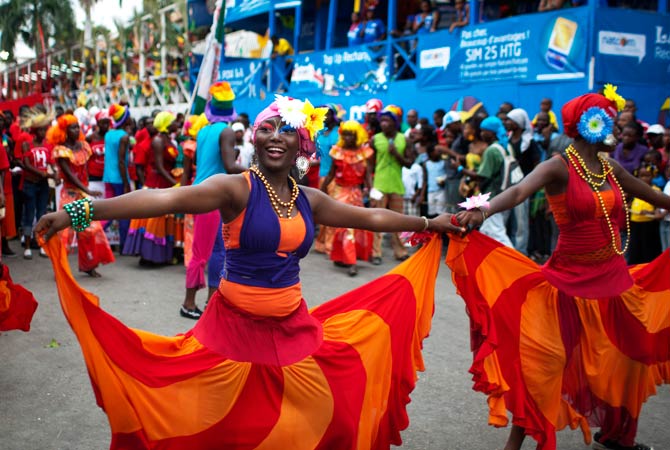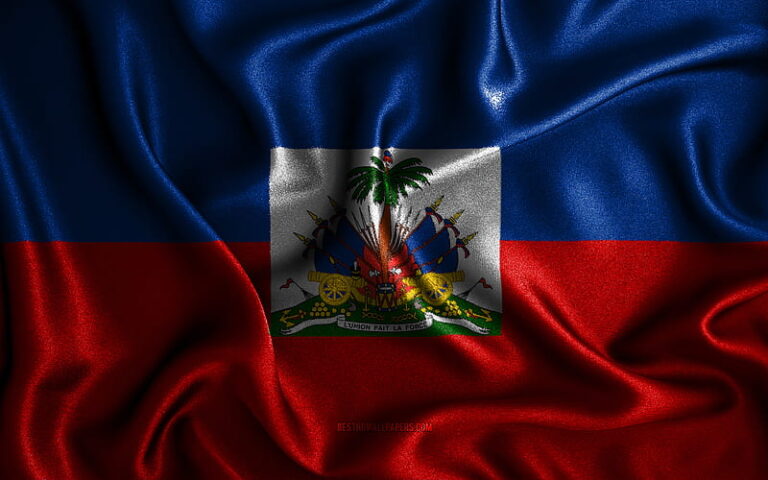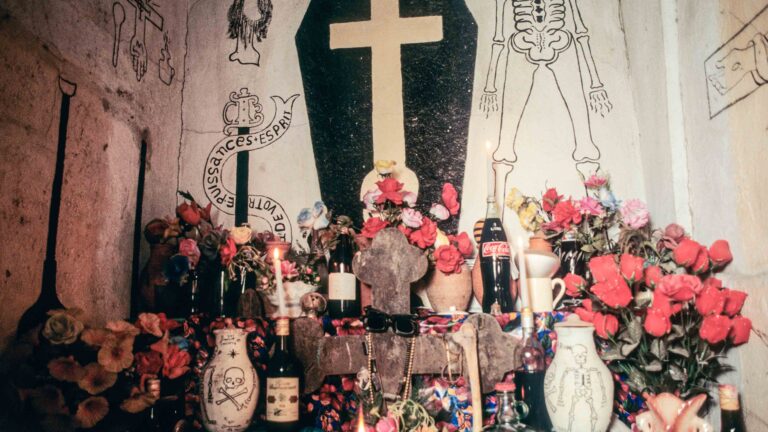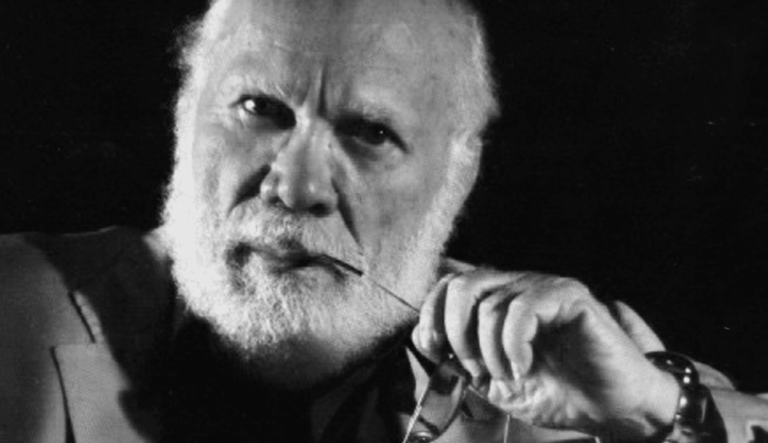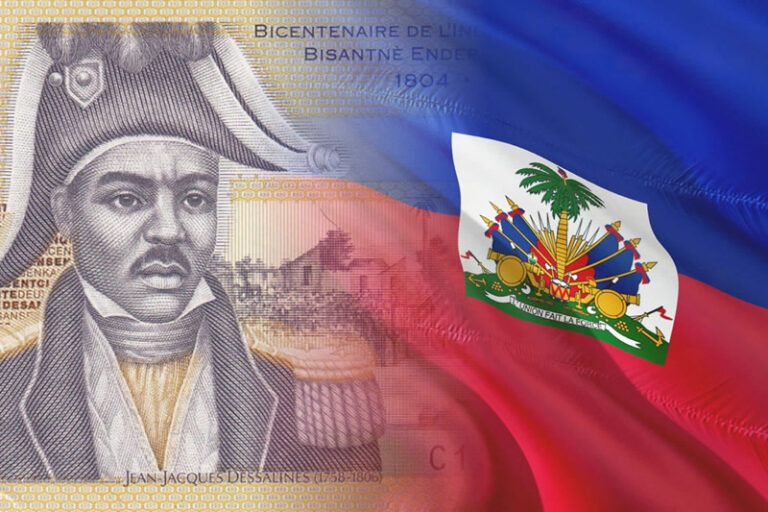Henry Christophe: The Builder-King of Haiti
“I shall bequeath to posterity a monument that will defy the centuries.”
This prophecy by Henry Christophe was fulfilled beyond all expectations. His imposing Citadelle Laferrière, perched at 900 meters altitude, still watches over Haiti like a stone guardian. But who really was this former slave turned monarch? Let us delve into the extraordinary saga of the only crowned king of the post-Columbian New World.
Chapter 1: From Slavery to the Battlefield (1767-1791)
Mysterious Origins
Records suggest Henry Christophe was born October 6, 1767 in Grenada, though some sources claim St. Christopher (modern St. Kitts). Son of a freed slave, his early life was marked by:
- Childhood in sugar plantations
- A daring escape to Saint-Domingue at age 12
- Hotel jobs in Cap-Français (where he perfected his French and manners)
Fascinating Detail: His birth name – Henry Christopher – later Gallicized to “Christophe,” reveals his Anglophone roots.
Revolutionary Awakening
When the slave revolt erupted in 1791, young Henry, then 24:
- Joined the Maroons (runaway slaves) in the mountains
- Learned military arts from rebel leader Biassou
- Became an officer in Toussaint Louverture’s legion by 1793
Chapter 2: Rise of a Strategist (1791-1806)
Under Louverture’s Command
Christophe distinguished himself through:
- Heroic defense of Môle Saint-Nicolas (1798) against the British
- Efficient administration of Cap-Français
- Key role in defeating French General Rochambeau
Historic Turning Point: In 1802, when Napoleon attempted to restore slavery, Christophe set fire to Cap-Français rather than surrender it.
Governor of the North (1804-1806)
After independence, Dessalines appointed him:
- Commander-in-chief of Northern forces
- Administrator of the most prosperous region
- Diplomat handling British relations
Chapter 3: Creating a Kingdom (1807-1811)
The Partition of Haiti
After Dessalines’ assassination (1806), the country split into:
- Republic in the South (led by Pétion)
- State in the North (under Christophe)
Christophe’s Innovations:
✔ Code Henry (first Haitian civil code)
✔ Compulsory education system
✔ Royal Academy (training doctors and engineers)
The Spectacular Coronation
On June 2, 1811, in a Charlemagne-inspired ceremony:
- He became His Majesty Henry I
- Created a Haitian nobility (4 princes, 22 dukes)
- Established the Royal and Magnanimous military orders
Did You Know? His coronation cost 500,000 gourdes – a fortune at the time.
Chapter 4: Monumental Achievements (1811-1820)
Royal Castles
Christophe transformed the North into a Baroque kingdom:
- Sans-Souci Palace: 200 rooms, French-style gardens
- Citadelle Laferrière: 365 cannons, 130-ft high walls
- 7 secondary forts and a modern road network
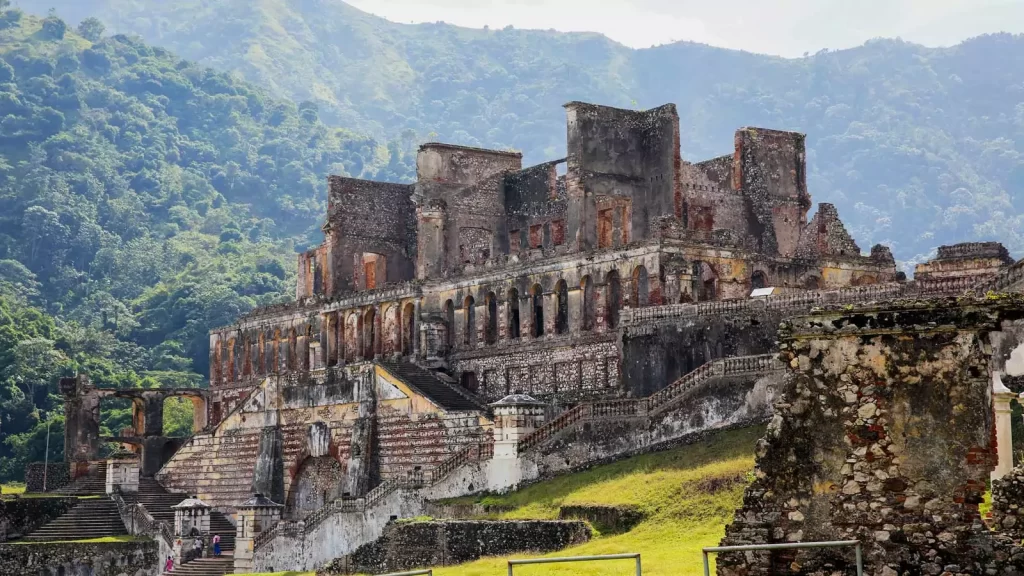
Sans-Souci Palace
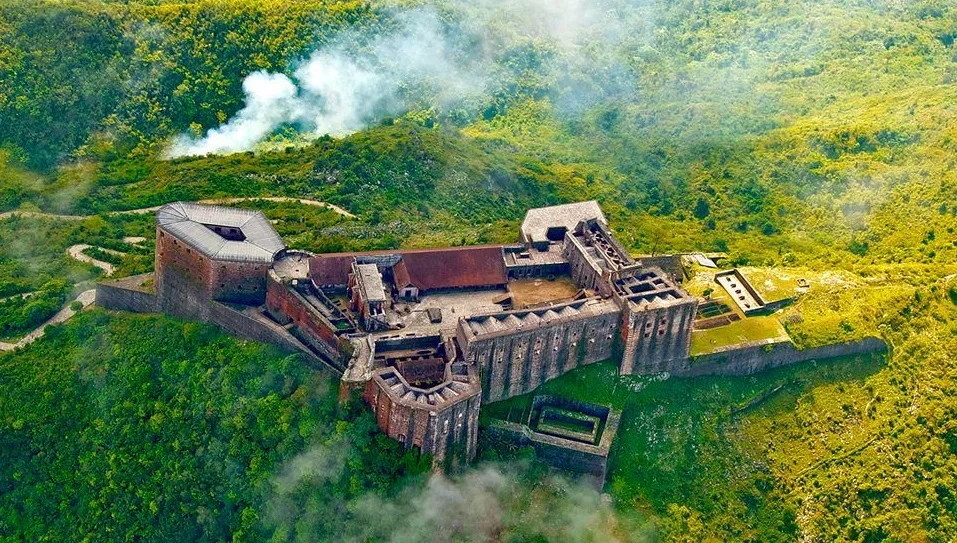
Citadelle Laferrière
Construction Techniques:
- 20,000 workers laboring 24/7
- Mortar made of lime, animal blood, and cane syrup
- Ingenious rainwater collection system
Agricultural Policy
His “Domanial” system:
- Royal lands farmed by soldier-peasants
- Massive coffee and sugar exports
- Haiti’s first balanced budget
Chapter 5: Twilight of a King (1820)
The Cadres’ Revolt
Weakened by a stroke in August 1820:
- Army mutinied at Saint-Marc
- His own bodyguard betrayed him
- On October 8, 1820, he committed suicide with a golden bullet
Final Tragedy: His son and heir, Prince Victor-Henry, was massacred 10 days later.
Legacy: Between Myth and Reality
In Popular Culture
- Inspired the character Henri-Christ in Carpentier’s “The Kingdom of This World”
- Subject of Paul Morand’s poem “Christophe”
- Figure in “Pirates of the Caribbean” franchise
Historical Debate
For:
- First internationally recognized Black state
- Unprecedented infrastructure
- Advanced education system
Against:
- Forced labor for construction
- Authoritarian regime
- Lavish expenditures

